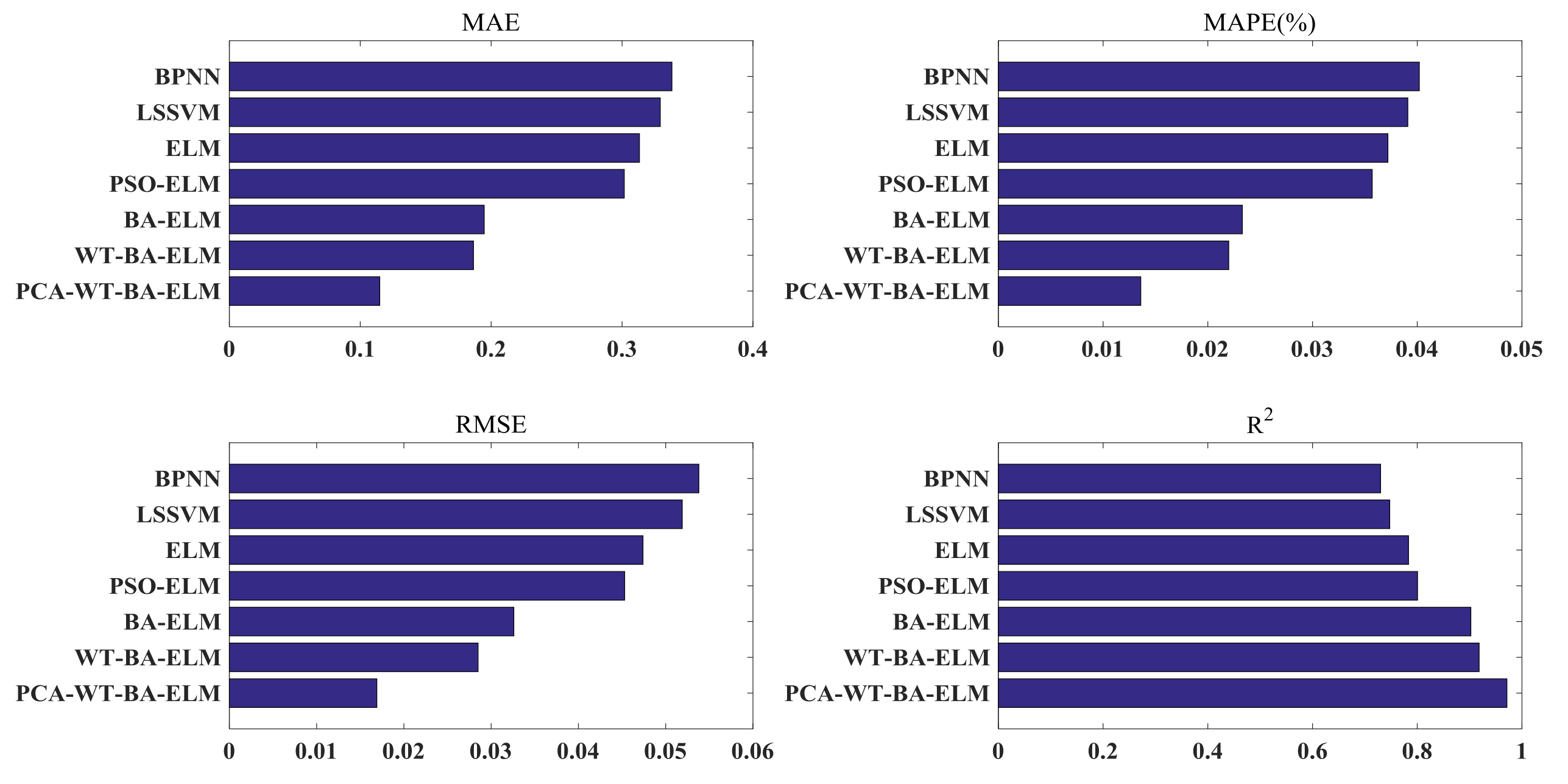

The main improvements of the proposed algorithm include the following two aspects: (1) An SVD-based denoising method using the maximum SV mean to determine the reasonable SV order is adopted to eliminate noise interference and to reserve useful fault impulse information. To address the above issues, a hybrid SVD-based denoising and self-adaptive TMSST is proposed for axle bearing fault detection in this paper. Therefore, the TMSST result has a great randomicity and has the disadvantage of having a poor reliability. In addition, determination of the TMSST algorithm parameters depends on the personnel’s subjective experience. It is difficult to extract the accurate time−frequency (TF) fault feature of the axle bearing under a complex working environment. However, TMSST TFR results are subject to noise interference.

Time-reassigned multisynchrosqueezing transform (TMSST), as a novel time−frequency representation (TFR) algorithm, is more suitable for dealing with strong frequency-varying signals. In recent decades, time−frequency analysis (TFA) techniques have been widely used in mechanical equipment fault diagnoses. Fault detection of axle bearings is crucial to promote the safe, efficient, and reliable running of high-speed trains.


 0 kommentar(er)
0 kommentar(er)
